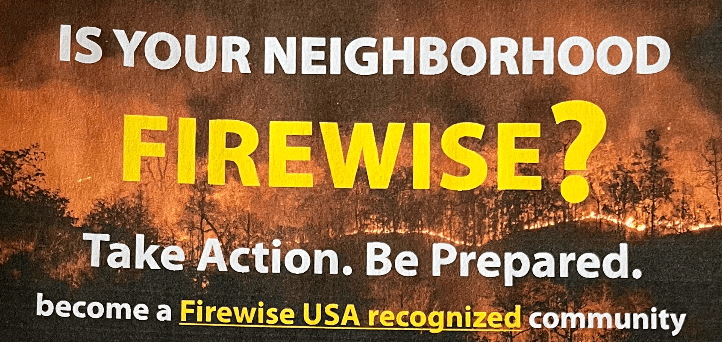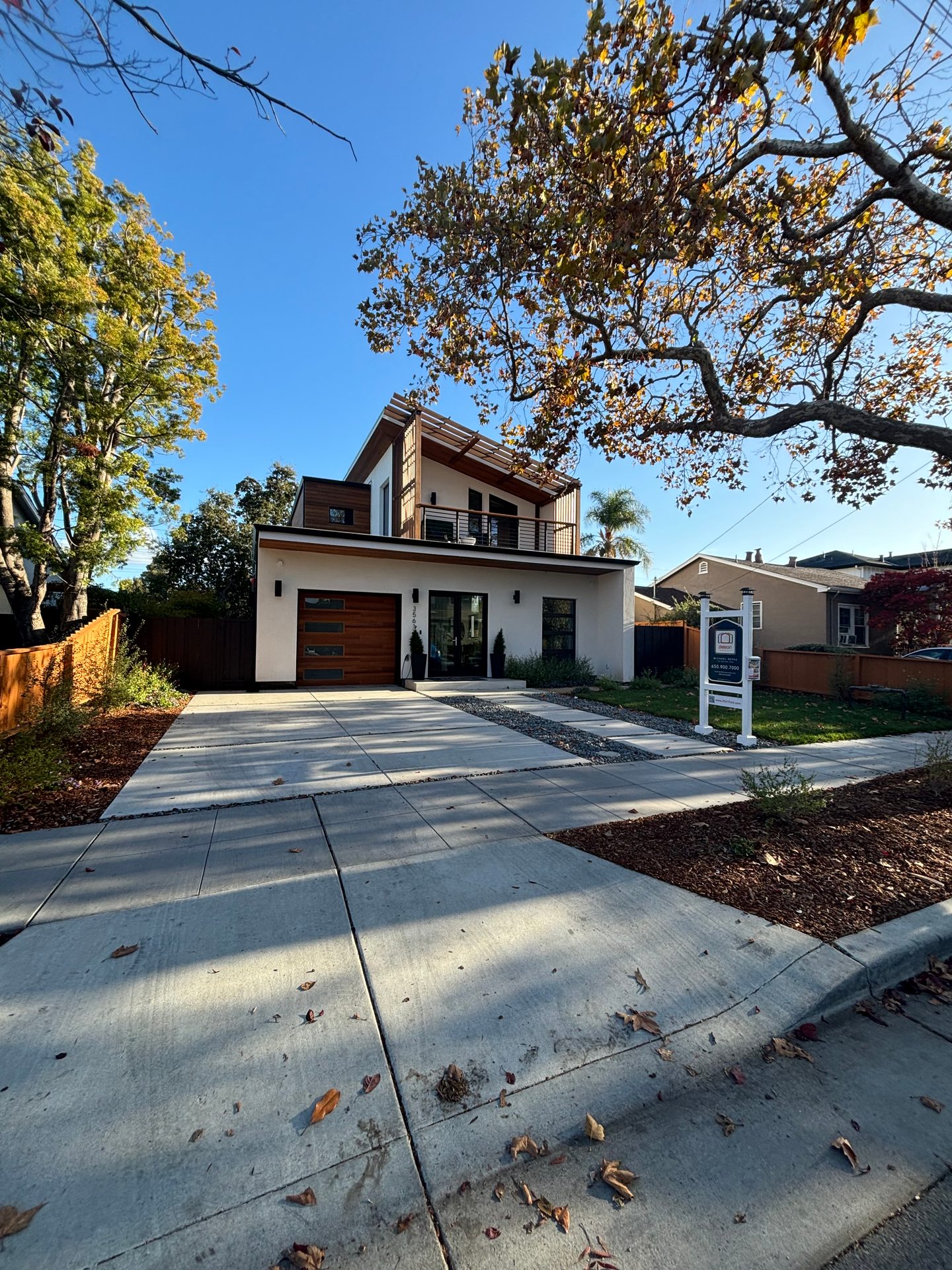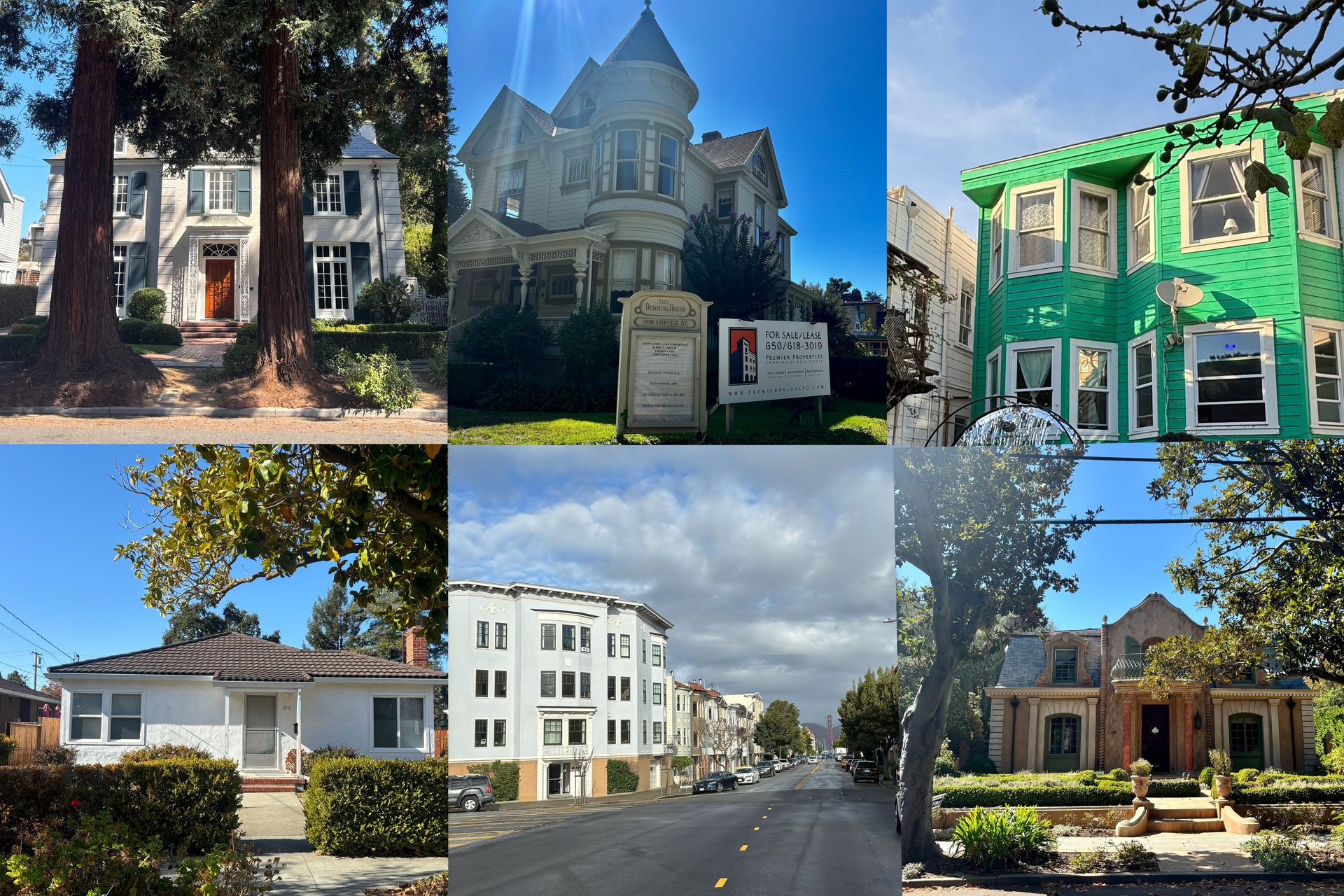The proposition aims to protect consumers by requiring insurers to obtain approval before they can increase insurance rates. It also mostly bars the use of forward-looking “catastrophe models,” forcing companies to rely on historical data alone to assess the homeowners’ risk - an unideal scenario for insurance companies today facing an evolving risk outlook from a changing climate.
The proposition aims to protect consumers by requiring insurers to obtain approval before they can increase insurance rates. It also mostly bars the use of forward-looking “catastrophe models,” forcing companies to rely on historical data alone to assess the homeowners’ risk - an unideal scenario for insurance companies today facing an evolving risk outlook from a changing climate.






